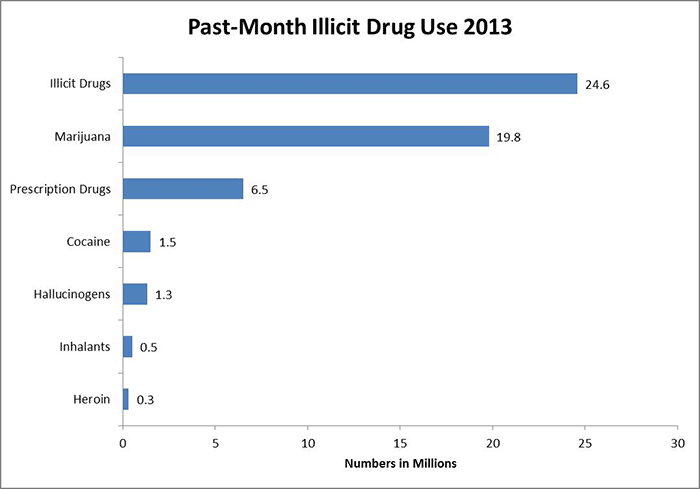MHS Student Assistance Program provides guidance
Many students do not realize how common drug problems are in the United States with more than 24 million Americans believed to be using illicit drugs in a 2013 study. The MHS Student Assistance Program aims to help students with many different problems, including drug abuse.
The Student Assistance Program here at Milford High, is something that has a great impact on all of its students, however many are unaware of its existence.
This program has been around for 15 years, and the initial goal was to create a program for substance abuse prevention and intervention for students. Since then, it has grown to include professional development for the staff, a variety of educational support groups, classroom speakers, and assemblies. All of these aspects advocate the same goal: to promote a caring community within the entire building as well as parental support.
Over the years, this goal has been achieved in many ways. According to a handout about the program, one such group that the program offers is a loss group, that offers support for students that are dealing with a significant loss.
A women’s group is also available, which focuses on the development of healthy relationships and positive self-esteem. It can be alarming how great of an issue some of these topics truly are. According to loveisrespect.org, Nearly 1.5 million high school students nationwide experience physical abuse from a dating partner in a single year.
A concerned persons group is also accessible, focusing on developing healthy coping skills to deal with mental health and substance abuse challenges of significant others.
Finally, there is an insight group that gives students an opportunity to recognize the impact and progression of alcohol or other drug use in teens. This is quite a significant issue; according to DrugFacts.org, an estimated 24.6 million Americans aged 12 or older—9.4 percent of the population—had used an illicit drug in the past month in 2013.
The program not only involves the individual student, but their family and anyone else involved as well. Students are often referred by family, teachers and friends, and sometimes themselves.
Ms. Kerr, the social worker here at MHS explained the great differences that this program has made for many students. “There is crisis prevention, and real change in groups,” she says. “There is also student growth, through greater self awareness and healthy decision making.”
Ms. Kerr went on to explain how it can be difficult when the desired outcome does not occur, since the program does not have an influence over the students’ lives outside of the school. “The hardest thing about it is when students do not get the help they need.”
On the other hand, Ms. Kerr would consider her role in this program extremely rewarding. She believes she is fortunate to have the opportunity to work with these students. “I have been here a long time,” she says, (25 years in fact,) “and I still love my job.”
Although this program sometimes goes unnoticed in our school, only directly affecting 60-75 students a year, it has indirectly affected the entire school as well. We have had speakers come into individual classes and speak about issues such as suicide, and one such speaker has addressed each grade at some point as well.
If there are students who are unaware of the program or are maybe a little bit conflicted about asking for help, Ms. Kerr has offered advice.
“There is hope, and you can always reach out for help,” she said.
